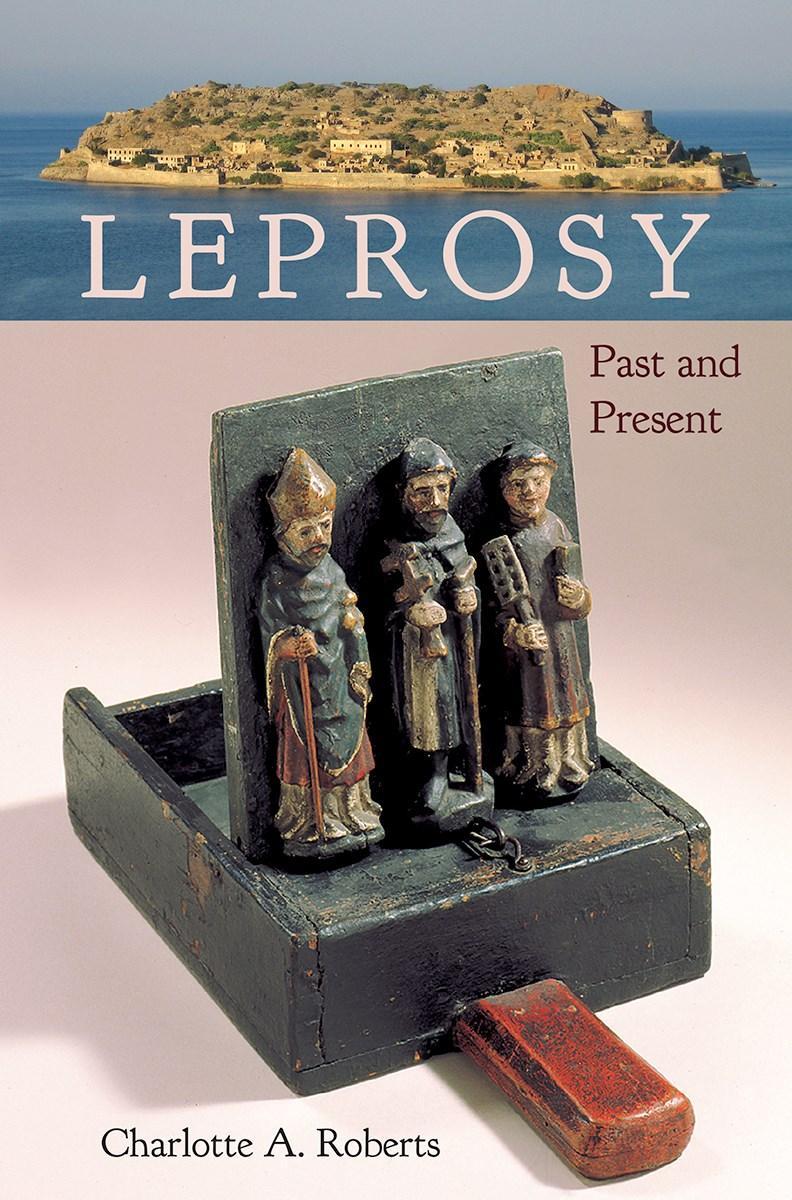
13 minute read
DANCE
University of Florida Press 9781683401841 Pub Date: 10/27/2020 $130.00 Discount Code: short Hardcover Paper over boards 450 Pages Social Science / Archaeology SOC003000 Series: Bioarchaeological Interpretations of the Human Past: Local, Regional, and Global Perspectives 9.3 in H | 6.1 in W | 1.2 in T | 2.2 lb Wt
Leprosy
Advertisement
Past and Present Charlotte A. Roberts
Rights Available: Translation, Audio, Film and Television
Contact
Milo Brooks Rights@upress.ufl.edu
Summary
Through an unprecedented multidisciplinary and global approach, this book documents the dramatic 7,000-year history of leprosy using bioarchaeological, clinical, and historical information from a wide variety of contexts, dispelling many longstanding myths about the disease. Through an unprecedented multidisciplinary and global approach, this book documents the dramatic several-thousand-year history of leprosy using bioarchaeological, clinical, and historical information from a wide variety of contexts, dispelling many long-standing myths about the disease. Drawing on her 30 years of research on the infection, Charlotte Roberts begins by outlining its bacterial causes, how it spreads, and how it affects the body. She then considers its diagnosis and treatment, both historically and in the present. She also looks at the methods and tools used by paleopathologists to identify signs of leprosy in skeletons. Examining evidence in human remains from many countries, particularly in Europe and including Britain, Hungary, and Sweden, Roberts demonstrates that those affected were usually buried in the same cemeteries as others in their communities, contrary to the popular belief that they were all ostracized or isolated from society into leprosy hospitals.
Contributor Bio
Charlotte A. Roberts is professor of archaeology at Durham University and a trained nurse. She is the author of Human Remains in Archaeology: A Handbook, and coauthor of The Bioarchaeology of Tuberculosis: A Global View on a Reemerging Disease and The Archaeology of Disease, among many other books.

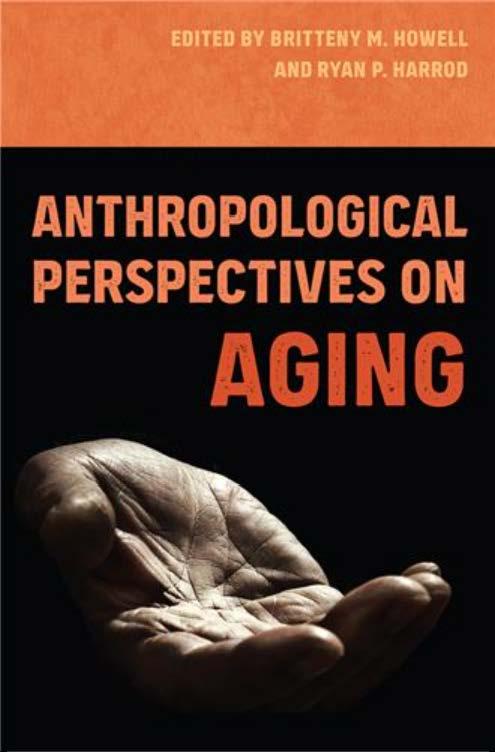
University Press of Florida 9780813068909 Pub Date: 2/21/2023 $35.00 Discount Code: Short Trade Paperback 444 Pages Social Science / Anthropology SOC002010 9 in H | 6 in W
Status: FORTHCOMING
Anthropological Perspectives on Aging
Britteny M. Howell, Ryan P. Harrod
Rights Available: Translation, Audio, Film and Television
Contact
Milo Brooks rights@upress.ufl.edu
Summary
An in-depth and wide-ranging approach to the study of older adults in society
Taking a holistic approach to the study of aging, this volume uses biological, archaeological, medical, and cultural perspectives to explore how older adults have functioned in societies around the globe and throughout human history. As the world's population over 65 years of age continues to increase, this wide-ranging approach fills a growing need for both academics and service professionals in gerontology, geriatrics, and related fields.
Case studies from the United States, Tibet, Turkey, China, Nigeria, and Mexico provide examples of the ways age-related changes are influenced by environmental, genetic, sociocultural, and political-economic variables. Taken together, they help explain how the experience of aging varies across time and space.
Contributor Bio
Britteny M. Howell is assistant professor in the Division of Population Health Sciences, affiliate faculty for the National Resource Center for Alaska Native Elders, and founding director of the Healthy Aging Research Laboratory at the University of Alaska Anchorage. Ryan P. Harrod, dean of academic affairs and chief academic officer at Garrett College, is coeditor of The Bioarchaeology of Violence.
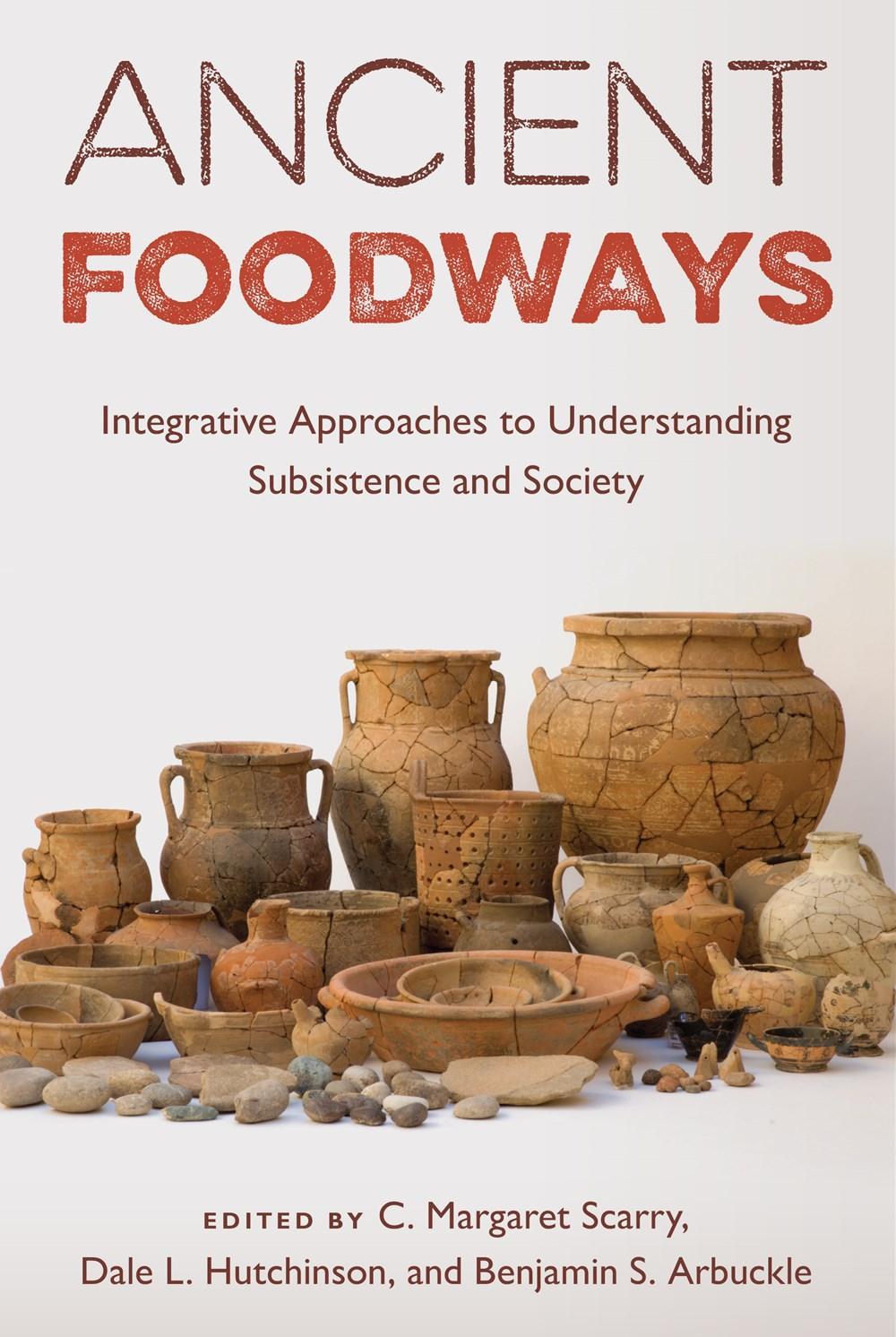
University Press of Florida 9780813069494 Pub Date: 12/30/2022 $95.00 Discount Code: Short Hardcover Paper over boards 448 Pages Social Science / Archaeology SOC003000 9.3 in H | 6.1 in W
Status: FORTHCOMING
Ancient Foodways
Integrative Approaches to Understanding Subsistence and Society
C. Margaret Scarry, Dale L. Hutchinson, Benjamin S. Arbuckle
Rights Available: Translation, Audio, Film and Television
Contact
Milo Brooks rights@upress.ufl.edu
Summary
How archaeology can shed light on past foodways and social worlds
Through various case studies, Ancient Foodways illustrates how archaeologists can use bioarchaeology, zooarchaeology, archaeobotany, architecture, and other evidence to understand how food acquisition, preparation, and consumption intersect with economics, politics, and ritual. Spanning four continents and several millennia of human history, this volume is a comprehensive and contemporary survey of how archaeological data can be used to interpret past foodways and reconstruct past social worlds.
This volume is organized around four major themes: feasting and politics; sacrifice, ritual, and ancestors; diet, landscape, and health; and integrative methods. Contributors weave together multiple threads of evidence relating to plants, animals, craft production, and human health and reconnect the material remnants with behaviors, practices, and meanings. The case studies show the varied and creative ways that multiple sources of evidence can be used to shed light on past foodways.
Ancient Foodways demonstrates how environmental and cultural factors shaped past subsistence strategies and cooking practices and the role food played in shaping cultural identity and exchange networks, while also examining how food production methods can lead to environmental destruction and the detrimental role of dietary constraints on human health.
Contributor Bio
C. Margaret Scarry, professor of anthropology and director of Research Laboratories of Archaeology at the University of North Carolina at Chapel Hill, is the coeditor of Rethinking Moundville and Its Hinterland. Dale L. Hutchinson, professor emeritus of anthropology at the University of North Carolina at Chapel Hill, is the author of American Health and Wellness in Archaeology and History. Benjamin S. Arbuckle, professor of anthropology at the University of North Carolina at Chapel Hill, is coeditor of Animals and Inequality in the Ancient World.
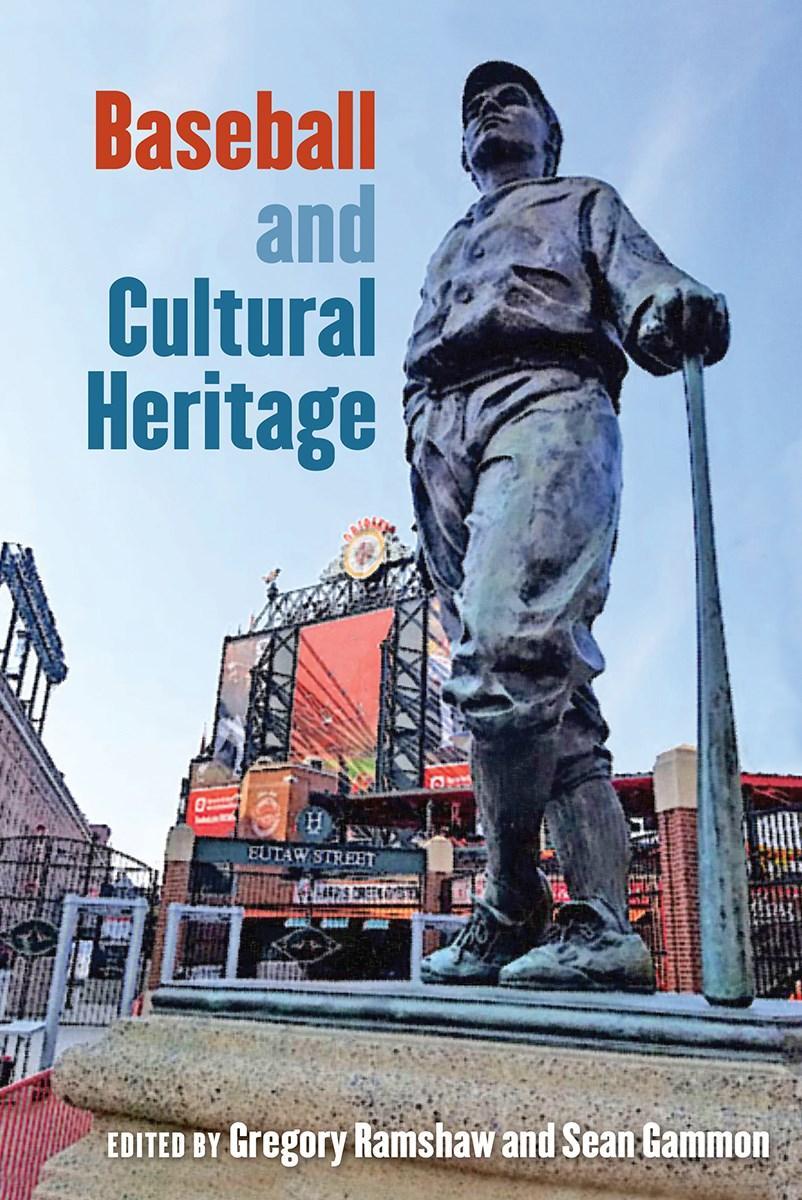
University Press of Florida 9780813069401 Pub Date: 10/11/2022 $90.00 Discount Code: Short Hardcover Paper over boards 244 Pages Social Science / Popular Culture SOC022000 Series: Cultural Heritage Studies 9 in H | 6 in W
Status: FORTHCOMING
Baseball and Cultural Heritage
Gregory Ramshaw, Sean Gammon
Rights Available: Translation, Audio, Film and Television
Contact
Milo Brooks rights@upress.ufl.edu
Summary
The influence of baseball heritage in society and culture
Baseball's past has been lauded, romanticized, and idealized, and much has been written about both the sport and its history. This is the first volume to explore the understudied side of baseball - how its heritage is understood, interpreted, commodified, and performed for various purposes today. These essays reveal how baseball's heritage can be a source of great enjoyment and inspiration, tracing its influence on constructed environments, such as stadiums and monuments, and food and popular culture. The contributors discuss how its heritage can be used to address social, political, and economic aims and agendas and can reveal tensions about whose past is remembered and whose is laid aside. Contributors address race and racism in the sport, representations of women in baseball, ballparks as repositories for baseball's heritage, and the role of museums in generating the game's heritage narrative. Providing perspectives on the social impact and influence of baseball in the United States, Canada, Japan, South Korea, Brazil, the Caribbean, and the United Kingdom, Baseball and Cultural Heritage shows how the performance of baseball heritage can reflect the culture and heritage of a nation.
Contributor Bio
Gregory Ramshaw, professor of parks, recreation, and tourism management at Clemson University, is the author of Heritage and Sport: An Introduction. Sean Gammon, a reader in leisure and tourism management at the University of Central Lancashire, is the coeditor of Heritage and the Olympics: People, Place and Performance.
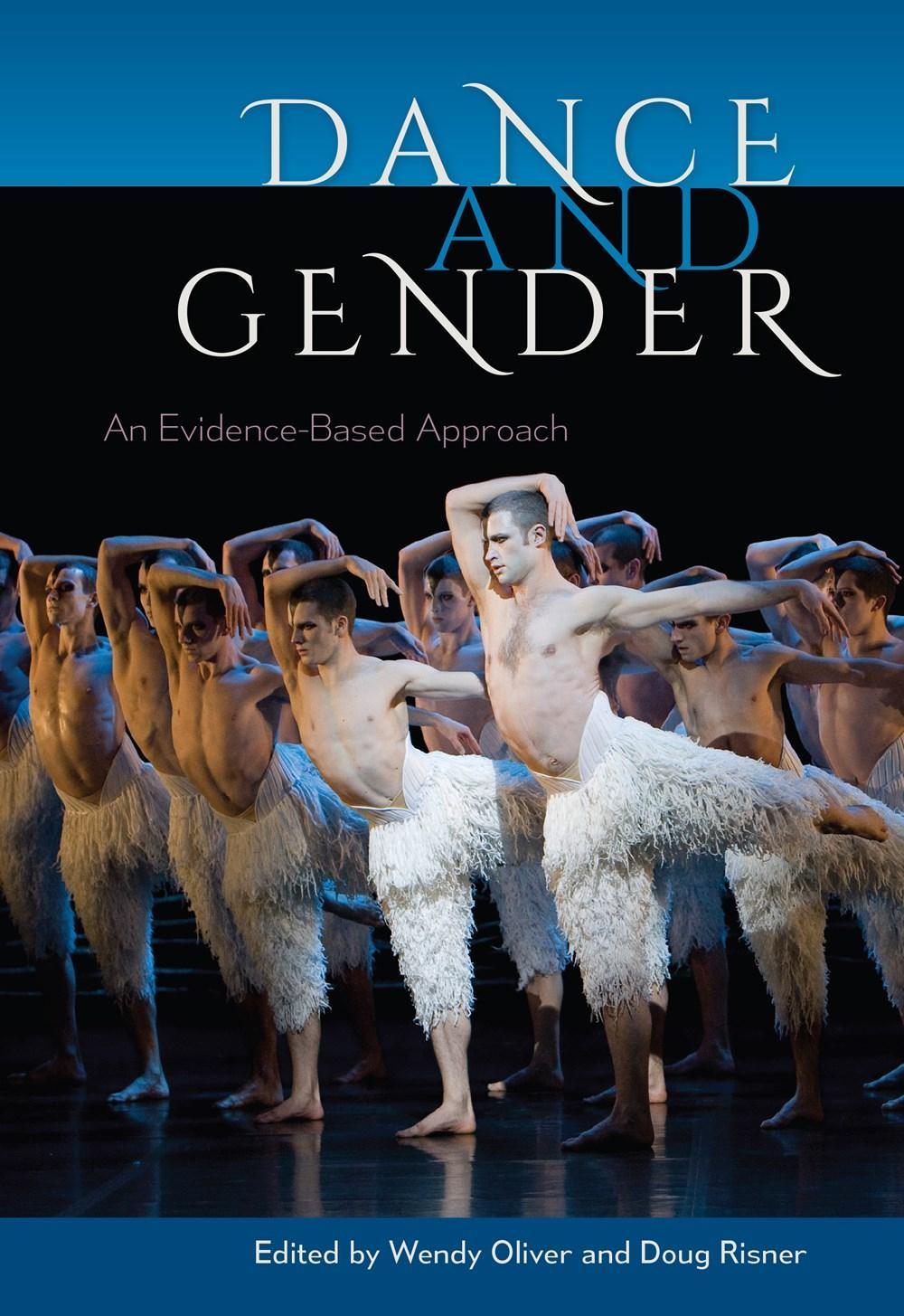
University Press of Florida 9780813064680 Pub Date: 7/10/2018 $24.95 Discount Code: short Paperback 224 Pages Performing Arts / Dance PER003000 9 in H | 6 in W | 0.7 lb Wt
Dance and Gender
An Evidence-Based Approach
Wendy Oliver, Doug Risner
Rights Available: Translation, Audio, Film and Television
Contact
Milo Brooks Rights@upress.ufl.edu
Summary
Driven by exacting methods and hard data, this volume reveals gender dynamics within the dance world in the twenty-first century. It provides concrete evidence about how gender impacts the daily lives of dancers, choreographers, directors, educators, and students through surveys, interviews, analyses of data from institutional sources, and action research studies. Dancers, dance artists, and dance scholars from the United States, Australia, and Canada discuss equity in three areas: concert dance, the studio, and higher education. The chapters provide evidence of bias, stereotyping, and other behaviors that are often invisible to those involved, as well as to audiences. The contributors answer incisive questions about the role of gender in various aspects of the field, including physical expression and body image, classroom experiences and pedagogy, and performance and funding opportunities. The findings reveal how inequitable practices combined with societal pressures can create hostile enironments.
Contributor Bio
Wendy Oliver, professor of dance at Providence College, is coeditor of Jazz Dance: A History of the Roots and Branches.
Doug Risner, professor of dance at Wayne State University, is coeditor of Hybrid Lives of Teaching Artists in Dance and Theatre Arts: A Critical Reader.
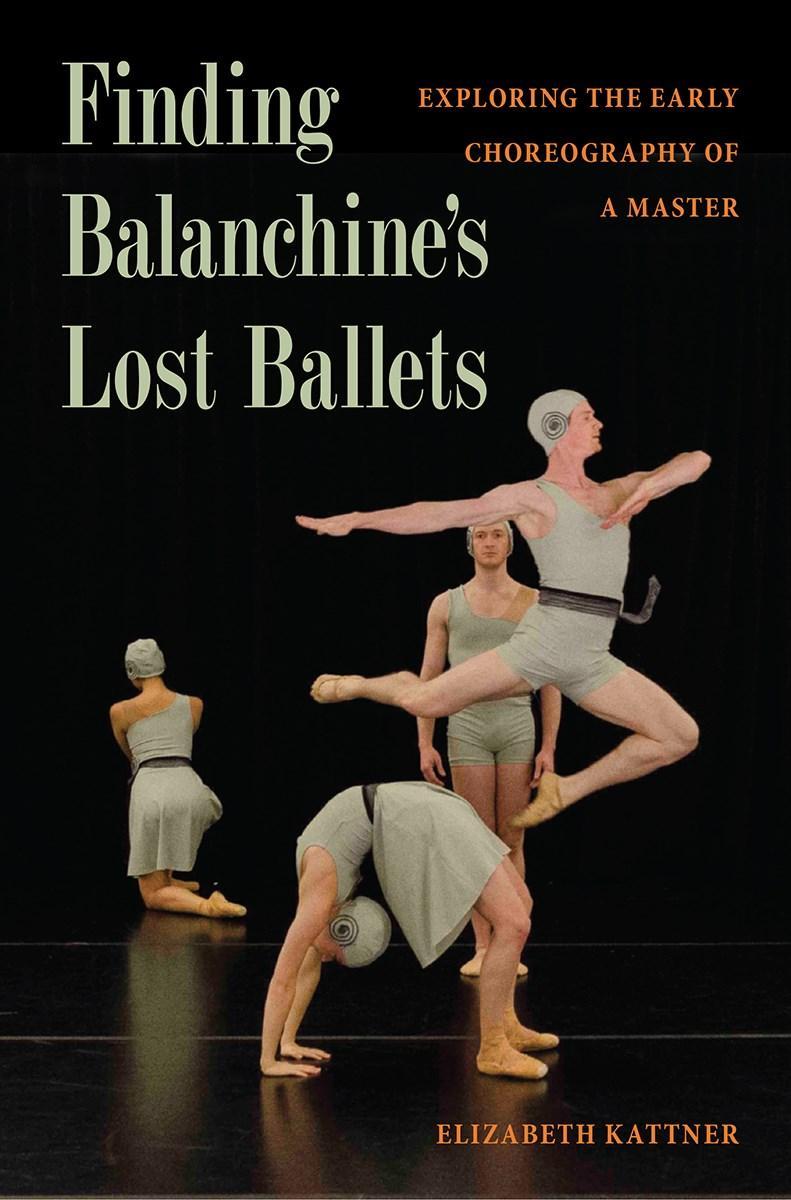
University Press of Florida 9780813066646 Pub Date: 11/3/2020 $90.00 Discount Code: short Hardcover Paper over boards 192 Pages Performing Arts / Dance PER003050 9 in H | 6 in W | 0.7 in T | 0.9 lb Wt
Finding Balanchine's Lost Ballets
Exploring the Early Choreography of a Master
Elizabeth Kattner
Rights Available: Translation, Audio, Film and Television
Contact
Milo Brooks Rights@upress.ufl.edu
Summary
In the first book to focus exclusively on George Balanchine’s early Russian ballets, most of which have been lost to history, Elizabeth Kattner offers new insights into the artistic evolution of a legend through her reconstruction of his first group ballet, Funeral March.
Ever since George Balanchine arrived on the American dance scene in 1933, his revolutionary, fleet-footed repertoire has been immortalized in the ballet canon. Yet most of the works he created in Russia as a budding choreographer have been lost to history—until now. In the first book to focus exclusively on Balanchine’s Russian ballets, Elizabeth Kattner offers new insights into the artistic evolution of a legend through her reconstruction of his first group ballet, Funeral March.
Drawing on more than a decade of research conducted in archives in the United States and Europe, Kattner synthesizes textual descriptions, photographs, musical scores, and the comparative study of other early Balanchine ballets in order to re-create this forgotten work. By interpreting and building upon these historical findings in the studio and in performance, this project enables dance history to be experienced kinesthetically.
Contributor Bio
Elizabeth Kattner is associate professor of dance at Oakland University.

University of Florida Press 9780813069111 Pub Date: 2/1/2022 $76.00 Discount Code: 06 Hardcover 336 Pages Performing Arts / Dance PER003030 9.1 in H | 6.1 in W | 0.9 in T | 1.4 lb Wt
Rooted Jazz Dance
Africanist Aesthetics and Equity in the Twenty-First Century
Lindsay Guarino, Carlos R.A. Jones, Wendy Oliver
Rights Available: Translation, Audio, Film and Television
Contact
Milo Brooks Rights@upress.ufl.edu
Summary
Decolonizing contemporary jazz dance practice, this book examines the state of jazz dance theory, pedagogy, and choreography in the twenty-first century, recovering and affirming the lifeblood of jazz in Africanist aesthetics and Black American culture. An African American art form, jazz dance has an inaccurate historical narrative that often sets Euro-American aesthetics and values at the inception of the jazz dance genealogy. The roots were systemically erased and remain widely marginalized and untaught, and the devaluation of its Africanist origins and lineage has largely gone unchallenged. Decolonizing contemporary jazz dance practice, this book examines the state of jazz dance theory, pedagogy, and choreography in the twenty-first century, recovering and affirming the lifeblood of jazz in Africanist aesthetics and Black American culture. Rooted Jazz Dance brings together jazz dance scholars, practitioners, choreographers, and educators from across the United States and Canada with the goal of changing the course of practice in future generations. Contributors delve into the Africanist elements within jazz dance and discuss the role of Whiteness, including Eurocentric technique and ideology, in marginalizing African American vernacular dance.
Contributor Bio
Lindsay Guarino, associate professor of dance and chair of the Department of Music, Theatre and Dance at Salve Regina University, is coeditor of Jazz Dance: A History of the Roots and Branches.
Carlos R. A. Jones, associate dean of the School of Arts and Sciences and professor of musical theatre and dance at the State University of New York College at Buffalo, is a performer and choreographer whose works have appeared on television, film, and regional theatre.
Wendy Oliver, professor of dance and chair of the Department of Theater, Dance, and Film at Providence College, is coeditor of Jazz Dance: A History of the Roots and Branches.
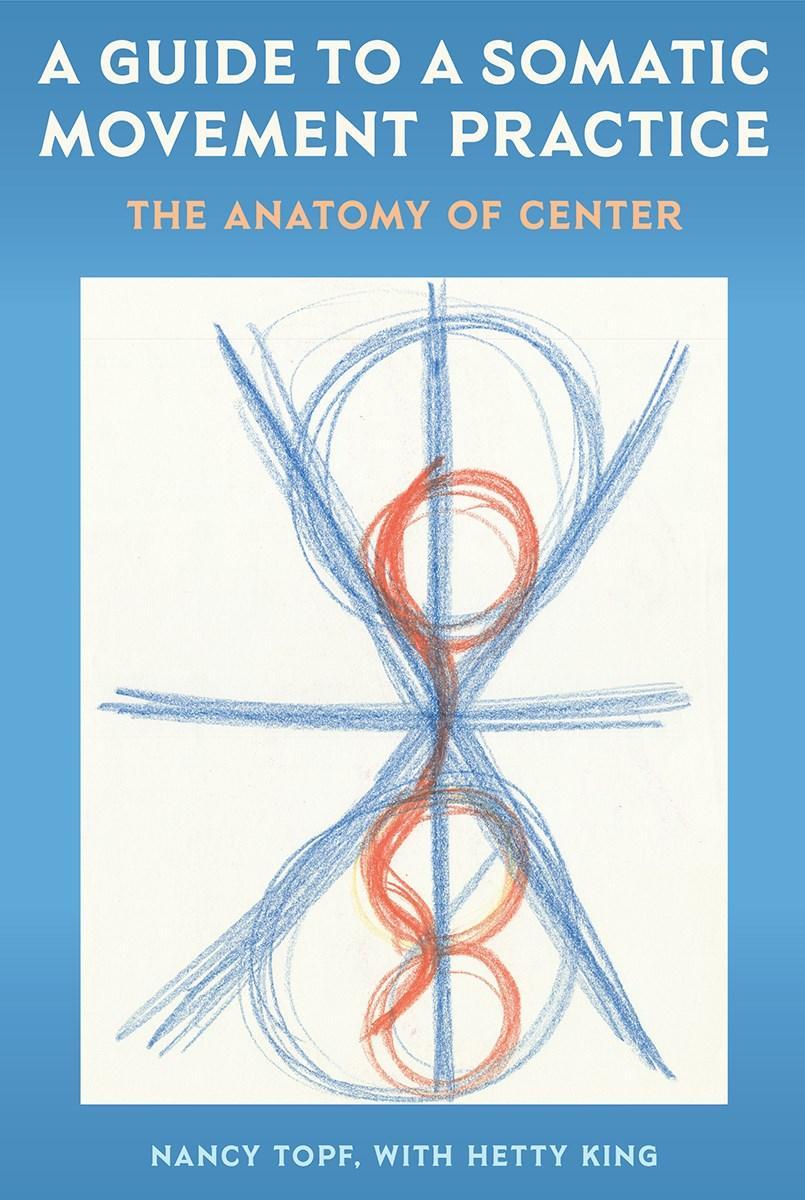
University Press of Florida 9780813068671 Pub Date: 7/12/2022 $30.00 Discount Code: Short Trade Paperback 210 Pages Performing Arts / Dance PER003070 9 in H | 6 in W | 0.5 in T | 0.7 lb Wt
A Guide to a Somatic Movement Practice
The Anatomy of Center
Nancy Topf, Hetty King
Rights Available: Translation, Audio, Film and Television
Contact
Milo Brooks rights@upress.ufl.edu
Summary
An introduction to embodied movement through the workof a dance education pioneer
In this introduction to the work of somatic dance education pioneer Nancy Topf (1942–1998),readers are ushered on a journey to explore the movement of the body through a close awareness of anatomical form and function. Making available the full text of Topf’s The Anatomy of Center for the first time in print, this guide helps professionals, teachers, and students of all levels integrate embodied, somatic practices within contexts of dance,physical education and therapy, health, and mental well-being.
Hetty King, a movement educator certified in theTopf Technique®, explains how the ideas in this work grew out of Topf’sinvolvement in developing Anatomical Release Technique—an important concept incontemporary dance—and the influence of earlier innovators Barbara Clark andMabel Elsworth Todd, founder of the approach to movement known as “ideokinesis.”
Contributor Bio
Nancy Topf (1942-1998) was a choreographer, dancer, and internationally known teacher who helped pioneer Anatomical Release Technique and developed her own approach known as the Topf Technique/Dynamic Anatomy®. Hetty King, a dance teacher and movement educator based in New York City, is a certified practitioner of the Topf Technique®.
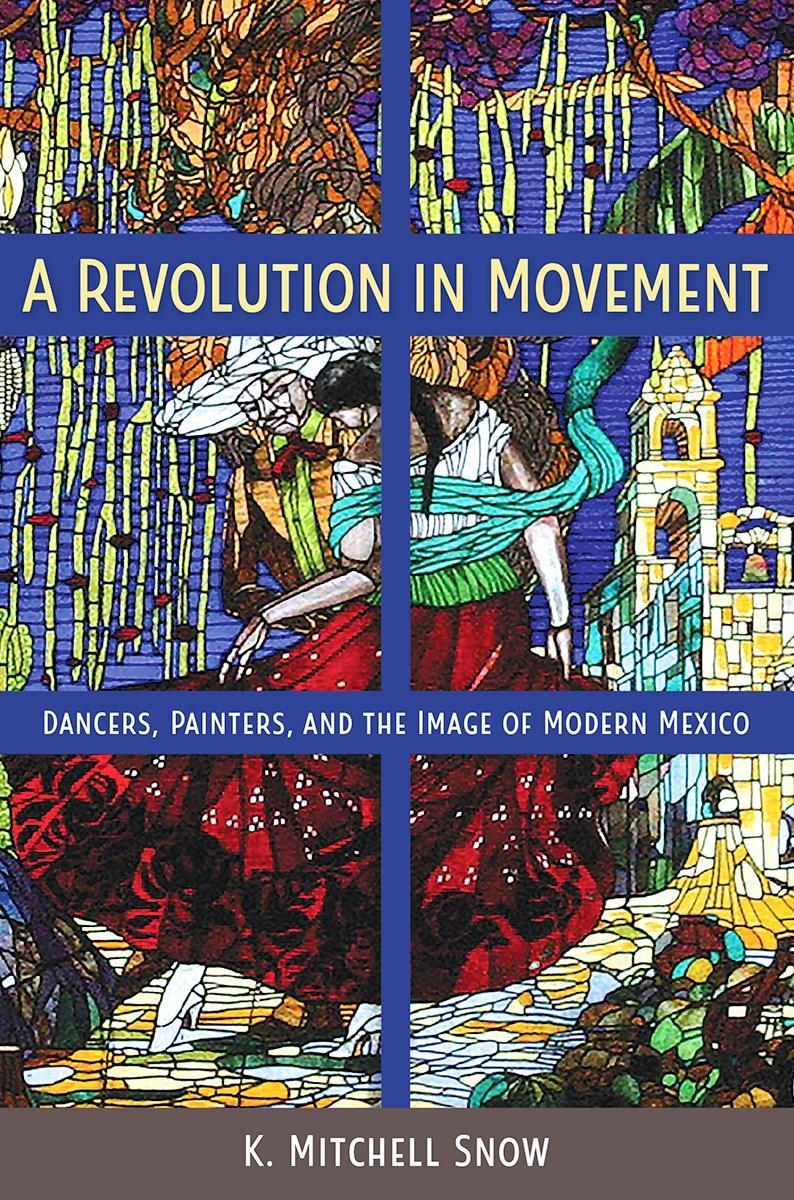
University Press of Florida 9780813066554 Pub Date: 9/15/2020 $90.00 Discount Code: short Hardcover Paper over boards 346 Pages Art / History ART015100 Series: Dancers, Painters, and the Image of Modern Mexico 9.3 in H | 6.1 in W | 0.7 in T | 1.5 lb Wt
A Revolution in Movement
Dancers, Painters, and the Image of Modern Mexico
K. Mitchell Snow
Markup Note: : Rights Available: Translation, Audio, Film and Television
Contact
Milo Brooks Rights@upress.ufl.edu
Summary
This book illuminates how collaborations between dancers and painters shaped Mexico’s postrevolutionary cultural identity, tracing this relationship throughout nearly half a century of developments in Mexican dance from the 1920s to the 1960s.
Honorable Mention, Latin American Studies Association Mexico Section Best Book in the Humanities
How collaborations between dancers and painters shaped cultural identity in Mexico
A Revolution in Movement is the first book to illuminate how collaborations between dancers and painters shaped Mexico’s postrevolutionary cultural identity. K. Mitchell Snow traces this relationship throughout nearly half a century of developments in Mexican dance—the emulation of Diaghilev’s Ballets Russes in the 1920s, the adoption of U.S.-style modern dance in the 1940s, and the creation of ballet-inspired folk dance in the 1960s. Snow describes the appearances in Mexico by Russian ballerina Anna Pavlova and Spanish concert dancer Tortóla Valencia, who helped motivate Mexico to express its own national identity through dance.
Contributor Bio
K. Mitchell Snow, an independent scholar and arts writer based in Washington, D.C., is the author of Movimiento, ritmo y música: Una biografía de Gloria Contreras.






